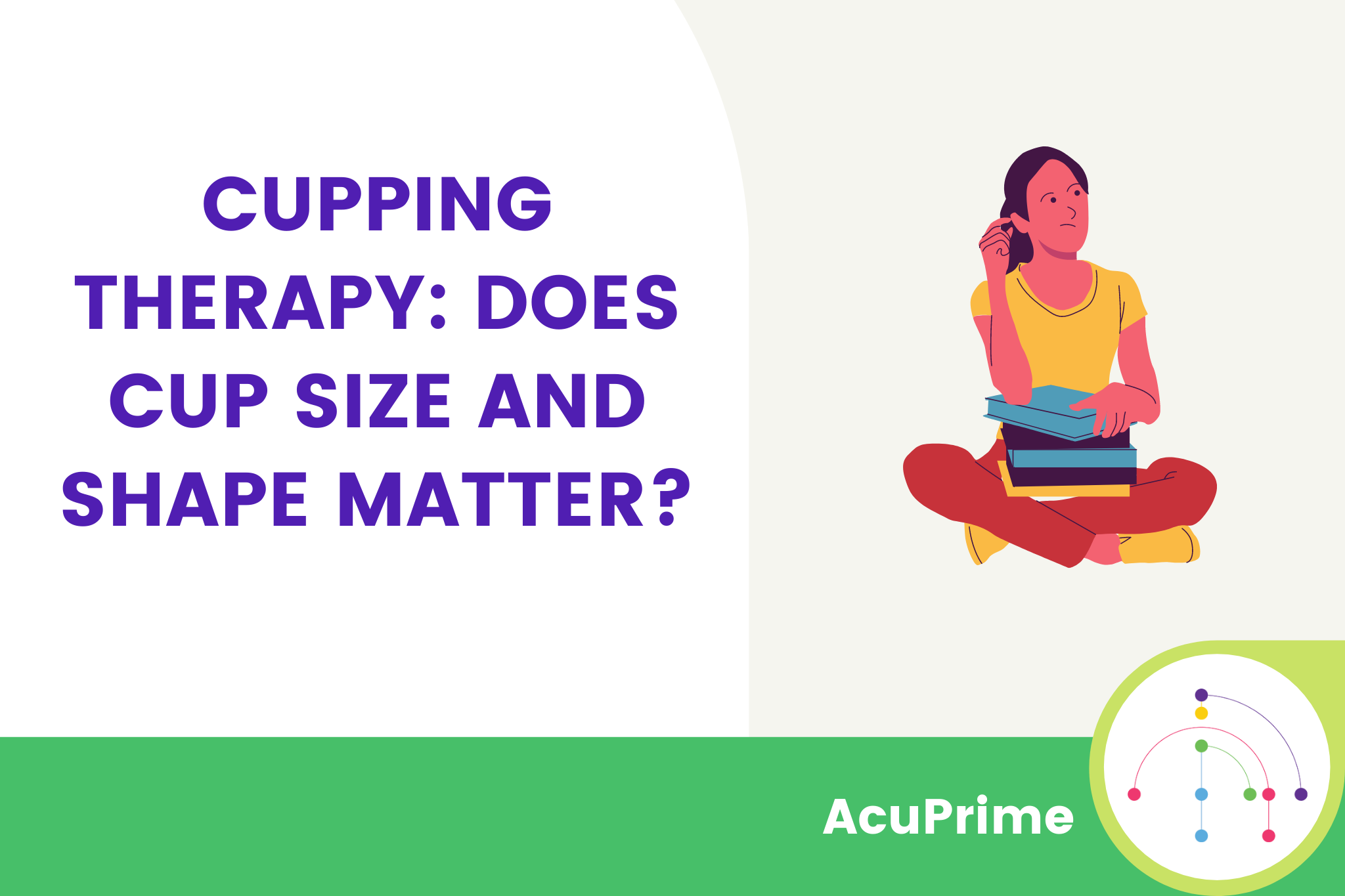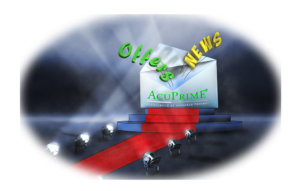If there’s one fantastic thing about non-fiction books, it’s that you can absorb the knowledge it’s taken someone else years to gain. Is there anything more glorious than reading the results and lessons from research decades in the making?
Books play a huge role in the learning and professional development of health professionals and sports therapists and none of us ever stop learning. The summer is upon us and we thought it was about time to sit in the sunshine and get stuck into a good book.
We’ve put together this little selection of fantastic books we think you’ll love reading. Some are aimed at therapy professionals whilst others are aimed at a more general readership. It’s important to read big titles aimed at the general population because, chances are, many of your patients might have read them too. If you’ve read Born to Run, for instance, you’ll better understand why your overenthusiastic running client isn’t wearing shoes.
Without further ado, let’s check out some literature.
Endure: Mind, Body and the Curiously Elastic Limits of Human by Alex Hutchinson
Physicist-turned-journalist, Alex Hutchinson Ph.D is an experienced long-distance runner who loves to dive into the science behind movement, running and endurance. Endure is a comprehensive look into the science behind endurance and what it takes to excel in sport. Is it all in the mind? Is it all about muscles?
Hutchinson breaks down why brain signals and our reactions to difference environments play a huge part in how we can perform. This is a fascinating book for professionals and the general readership alike.
Born to Run by Christopher McDougall
This book took the running world by storm when it was published in 2010 and it continues to sell incredibly well. McDougall, a runner plagued by injuries, sought out an isolated tribe in Mexico who regularly run extraordinary distances to see how they excelled so easily.
The book dives into barefoot running, ditching the tech and getting back to basics. It discovers the origins of ultra-running and the history of the Tarahumara tribe. Not only is this book absolutely fascinating, it’s also written as a real page-turner.
This is a good book to read if you have a lot of running patients as they may well have read it and be using some of the practices described within.
Brukner and Khan’s Clinical Sports Medicine
Whether you’re a sports physiotherapist, a musculoskeletal specialist or want to go into these fields, this comprehensive tome is a bookshelf must-have. It actually comes in two volumes: the first volume focuses on injuries, preventing, diagnosing and treating them; the second volume focuses on the medical aspect of sport, its benefits, problems and medicines used.
With everything from common problems like low back pain to ethics and practical sports medicine, this title covers considerable ground. It’s now in its 5th edition but always check to make sure you get the latest edition.
A Guide to Better Movement: The Science and Practice of Moving with More Skill and Less Pain by Todd Hargrove
When it comes down to it, it’s pain that drives patients through the doors of sports therapists. But what is pain, what do our brains have to do with it and how can we move better to avoid it? This book covers all of these questions to understand what pain really is and whether we can change the way we react to it.
Hargrove is a former competitive tennis and squash player. He gave up his career as an attorney to dedicate himself to bodywork and the science of movement. This fascinating read has practical exercises to help readers move better and experience less pain.
The book is aimed at both professionals in the sports and therapy space as well as the general readership. It’s packed with science but written in a highly accessible way.
Get Reading
The science of sport and movement is ever-evolving and it’s important to not only keep up with the latest research but to keep up with the trends. Trends are those discoveries that make it into the popular consciousness and change people’s behaviour; behaviour you’ll likely see walking through your clinic doors.
These books are all fascinating in their own way and, regardless of your speciality, will likely complement and inform your work. Happy reading!








